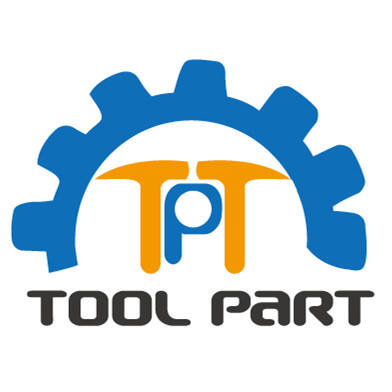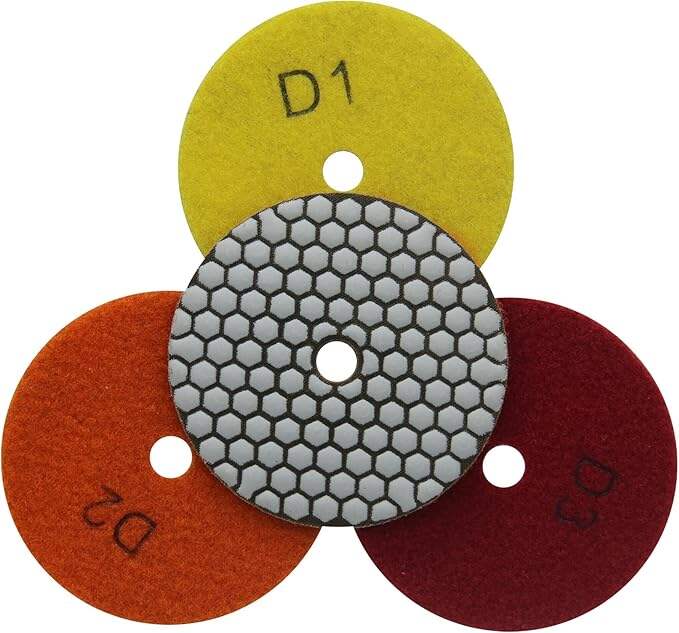Essential Guide to Professional Polishing Support Systems
Professional detailing and polishing work demands the right tools for outstanding results. At the heart of any polishing system lies the backing pad - a crucial component that can make or break your finishing quality. These versatile tools serve as the foundation for various polishing applications, from automotive detailing to woodworking and metal finishing. Understanding how to select and use the proper backing pad can significantly impact your work's efficiency and final outcome.
Whether you're a seasoned professional or just starting in the field, choosing the right backing pad ensures optimal performance and longevity of your polishing equipment. This comprehensive guide explores the top selections available in today's market, helping you make an informed decision for your specific needs.
Understanding Backing Pad Technologies
Modern Material Innovations
Today's backing pads incorporate advanced materials designed for superior performance and durability. High-density foam cores provide essential support while maintaining flexibility for consistent surface contact. The latest materials offer improved heat resistance, crucial for preventing warping or degradation during intensive polishing sessions.
Premium backing pads often feature specialized urethane construction, combining durability with the perfect balance of rigidity and flex. This construction allows for even pressure distribution across the working surface, resulting in more consistent finishing results and reduced risk of swirl marks or uneven polishing.
Design Elements That Matter
The engineering behind modern backing pad design focuses on several crucial elements. Ventilation channels help dissipate heat and prevent dust accumulation, while ergonomic shapes reduce operator fatigue during extended use. Advanced hook-and-loop systems ensure secure attachment while allowing quick pad changes when needed.
Manufacturers now incorporate tapered edges and specialized grip patterns, enhancing control and preventing edge marking on delicate surfaces. These design features contribute to better overall performance and increased user satisfaction.
Professional Selection Criteria
Size and Application Matching
Selecting the appropriate backing pad size is crucial for optimal performance. Common dimensions range from 3 to 6 inches, with each size serving specific purposes. Larger pads cover more area quickly but may lack maneuverability in tight spaces. Smaller backing pads offer precise control for detailed work and curved surfaces.
Professional detailers often maintain a variety of backing pad sizes to address different project requirements. This versatility ensures they can tackle any job efficiently while maintaining high-quality standards.
Material Compatibility
Different polishing applications require specific backing pad characteristics. Automotive detailing typically demands flexible backing pads that can conform to body panels and curves. Industrial applications might require stiffer backing pads for flat surface work and heavy material removal.
The compatibility between the backing pad and polishing media is equally important. High-quality backing pads feature universal hook-and-loop systems that work with various polishing pads while maintaining secure attachment throughout use.
Maintenance and Longevity
Proper Care Techniques
Maintaining backing pads properly extends their service life and ensures consistent performance. Regular cleaning removes polish residue and debris that can affect pad balance and operation. Gentle washing with appropriate cleaners preserves the hook-and-loop system's integrity while maintaining the pad's structural properties.
Storage considerations also play a vital role in backing pad longevity. Storing pads flat prevents warping and maintains their original shape. Avoiding extreme temperatures and direct sunlight helps prevent material degradation over time.
Wear Indicators and Replacement Timing
Understanding when to replace a backing pad is crucial for maintaining quality results. Signs of wear include uneven surfaces, compromised hook-and-loop attachment, or visible damage to the pad structure. Professional users should regularly inspect their backing pads for these indicators to prevent poor performance or potential damage to work surfaces.
Many premium backing pads feature wear indicators or markers that signal when replacement is necessary. This helps maintain consistent quality and prevents unexpected failures during critical projects.
Performance Optimization Tips
Speed and Pressure Management
Achieving optimal results requires proper technique when using backing pads. Operating speeds should match the manufacturer's recommendations, as excessive speeds can generate heat and potentially damage both the pad and work surface. Maintaining appropriate pressure ensures even material removal and prevents premature pad wear.
Professional users should develop a feel for proper pressure application, letting the backing pad and polishing media do the work rather than forcing results through excessive pressure. This approach extends pad life while producing superior finishing results.
Environmental Considerations
Working conditions significantly impact backing pad performance. Temperature, humidity, and dust levels all affect how well the pad functions. Climate-controlled environments provide optimal conditions for consistent results, while extreme conditions may require adjustments to technique or more frequent pad replacement.
Professional workshops often implement dust collection systems and climate control to maintain ideal working conditions. This investment protects both the equipment and ensures reliable performance.
Future Trends in Backing Pad Technology
Smart Integration Features
The future of backing pad technology points toward smart features and integrated sensors. These innovations may include temperature monitoring, pressure sensing, and wear tracking capabilities. Such advancements will help users maintain optimal performance while preventing damage from improper use.
Manufacturers are also exploring sustainable materials and production methods, responding to increasing demand for environmentally conscious professional tools. These developments promise to deliver high performance while reducing environmental impact.
Enhanced Durability Solutions
Research continues into new materials and construction methods that extend backing pad lifespan while maintaining performance. Hybrid materials combining different densities and properties show promise for improved durability and consistency. These innovations aim to reduce replacement frequency while ensuring reliable results.
Advanced cooling systems and heat-resistant materials are also under development, addressing one of the primary causes of backing pad failure in professional applications.
Frequently Asked Questions
How often should I replace my backing pad?
Professional backing pads typically last 3-6 months with regular use, though this varies based on usage intensity and maintenance practices. Replace your backing pad when you notice uneven wear, decreased attachment strength, or compromised performance.
Can I use any polishing pad with my backing pad?
While many backing pads feature universal hook-and-loop systems, it's best to verify compatibility with your specific polishing pads. Using matched components ensures secure attachment and optimal performance during use.
What causes backing pad failure?
Common causes include excessive heat generation, improper pressure application, exposure to harsh chemicals, and natural wear from regular use. Following manufacturer guidelines and maintaining proper technique helps prevent premature failure.

